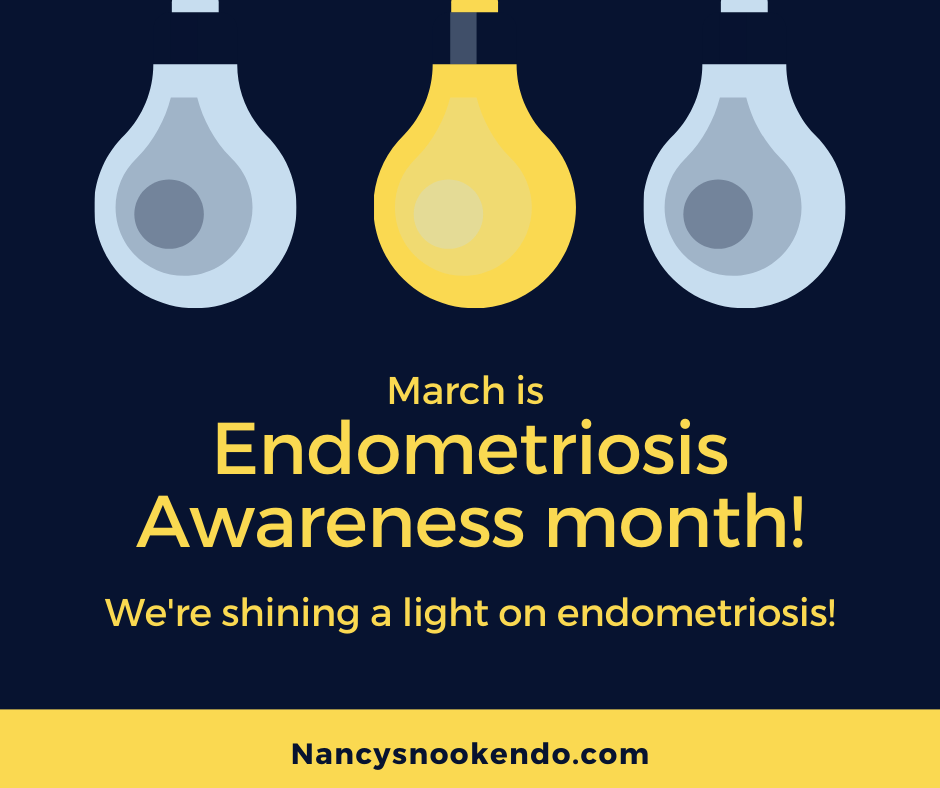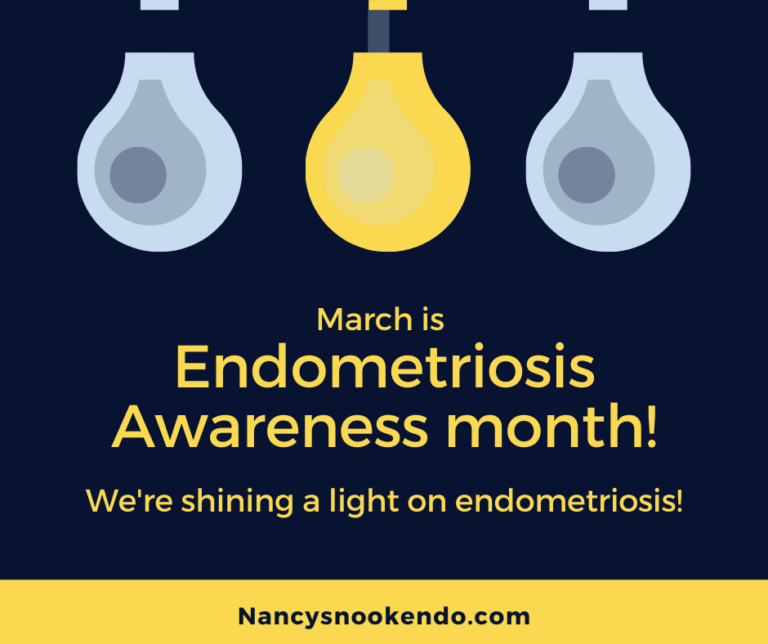What is endometriosis?
Endometriosis is an inflammatory disorder where lesions similar to the lining of the uterus are located outside of the uterus. Endometriosis lesions have distinct differences from the lining of the uterus in both their form and function. The lesions release proinflammatory chemicals, can produce estrogen, can grow their own nerves and blood vessels, and can cause adhesions. It is usually located in the pelvis but has been found in other areas throughout the body. An estimated 11% of people assigned female at birth (including teenagers)have endometriosis- although it has been found in men on rare occasion.
What causes it?
No one knows. There is a genetic component, with higher rates seen in those with close relatives having endometriosis. It has been found in fetuses, suggesting it is present before birth.
What are its symptoms?
Endometriosis has many symptoms- from chronic pelvic pain to fatigue to infertility. Symptom severity does not necessarily correlate with the extent of lesions.
- Pain: chronic pelvic pain, pain with menses, pain in between menses, pain with exercise, pain with sex, pain with bowel movements, pain with urination, low back pain
- Fatigue
- Bowel symptoms similar to irritable bowel syndrome such as constipation, diarrhea, and bloating
- Infertility
- And many others
How is diagnosed?
Endometriosis is diagnosed with surgery, preferably with pathology from tissue samples. Some imaging, such as MRI’s and ultrasounds, can rule in endometriosis, but they cannot rule it out. The accuracy of diagnosis depends on the knowledge and skill of the provider.
How is it treated?
While there is no definitive cure for endometriosis, excision surgery where all lesions are removed is recommended. The skill and knowledge of the surgeon is paramount in the ability to recognize and remove all lesions. Hormonal medication might help temporarily with symptom management, but it cannot be used to diagnosis, cure (“clean up”), or prevent the progression of endometriosis. Endometriosis can persist after a hysterectomy or menopause. Endometriosis is often present with other painful conditions such as adenomyosis and interstitial cystitis.
For more information see: nancysnookendo.com
Reaching Out To Teach Another: nancysnookendo.com/support-us/


